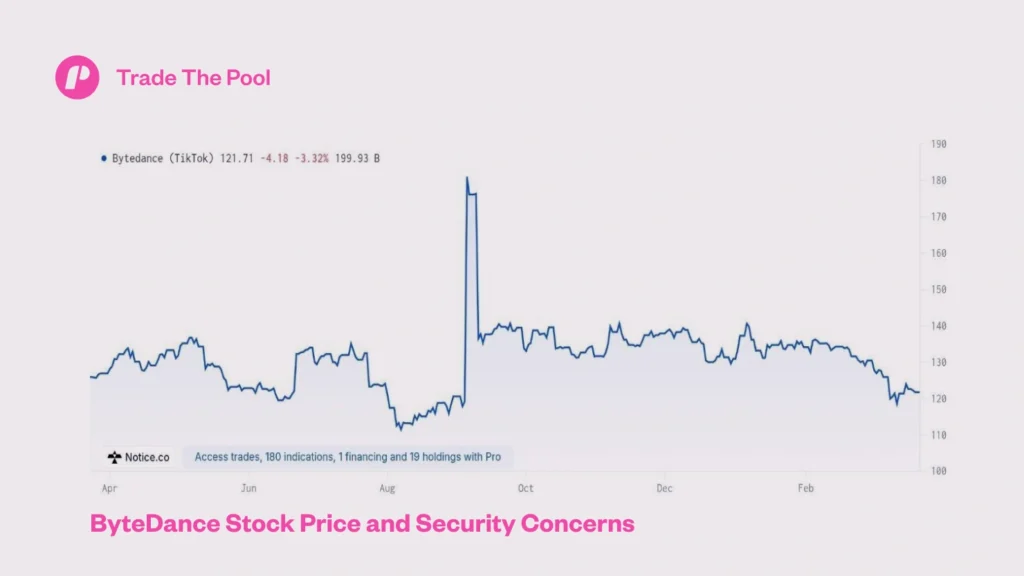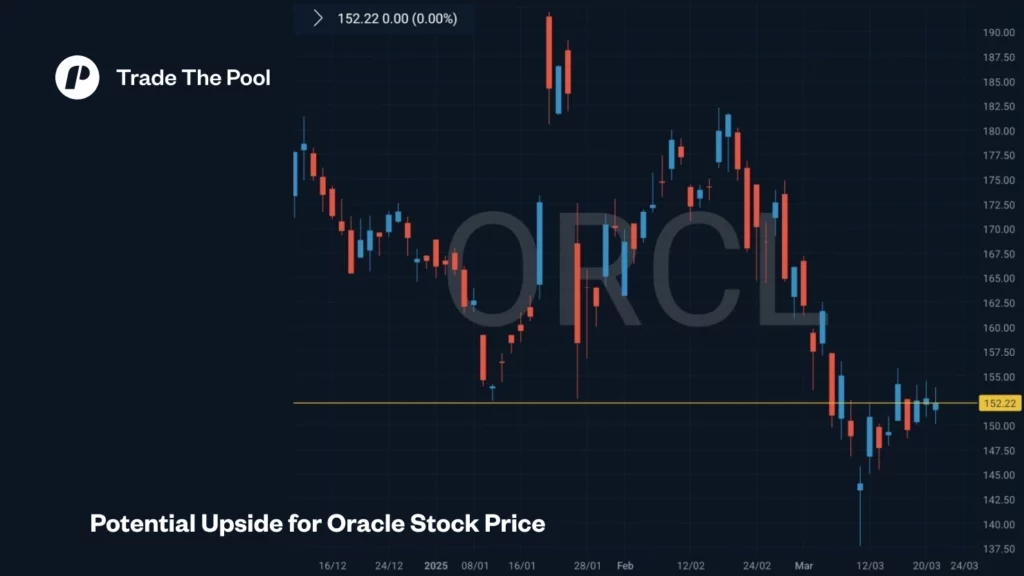Observing the varied popularity of coffee shops, some perpetually crowded, others surprisingly quiet, presents a practical example for a vital business measure, Market share. In the same way that a thriving café commands local coffee consumption, companies across a diverse range of sectors—from retail clothing and grocery chains to service providers like law firms and medical practices—try to maximize their sales footprint. This poses an important question: What is market share, and how is it calculated? —Market share represents the percentage of a total market that a company’s sales occupy, indicating its portion of the overall revenue generated within that market. It’s calculated by dividing a company’s sales during a defined period by the total market sales for that same period and multiplying by 100, providing a clear metric of the company’s relative size and influence compared to its competitors.
Key Notes
-
- Understanding The Market Share
- Importance of Market Share
- Impact of Market Share
- Strategies to Boost
- Benefits of Market Share for Stock Traders
- Examples
Understanding The Market Share
Understanding market sharing is essential for any business aiming to accurately evaluate its competitive position in stock trading and overall financial vitality, as well as for investors seeking entry-level investment strategies. A high share commonly suggests robust consumer preference and substantial industry influence; conversely, a low share often points toward underlying issues demanding strategic adjustments. Throughout this article, we will explore its inherent significance, including its consequential impact on both profitability parameters and investment returns, plus a review of approaches commonly employed by companies to bolster their standing in the share market. Its evaluation allows enterprises to measure their general market standing and pinpoint specific areas for operational enhancement. Observing how it changes across reporting cycles allows for assessing the efficiency of corporate strategies and aids informed decision-making about related investments.

Market Share Calculation
Market share, indicating a company’s relative position within its sector, is calculated by comparing company revenue (or units sold) to total sector revenue (or units sold) and multiplying by 100:


Tracking it is essential for evaluating competitive strategy, identifying market trends, and informing investment decisions. Accurate calculation allows for effective benchmarking and strategic planning. Knowing a company’s market portion provides crucial insights into its industry position and future potential.
Importance of Market Share
Comprehending why this matters remains essential for businesses seeking to excel in the stock market. Market share reflects not just current performance but shapes profitability, drives key decisions, and determines the potential for expansion.
Market Share, Competitiveness, and Market Position
A company’s market share functions as a critical indicator of its competitive edge and industry standing. Larger shares typically demonstrate a stronger market presence. Such dominance emerges through several pathways: clever marketing, exceptional product attributes, or well-crafted customer retention. If market share begins to slip in short selling phases, companies might need to rethink their approach fundamentally.
The Link Between Market Share Growth and Profit
When it expands, profitability often follows, largely thanks to economies of scale. As a firm captures a bigger portion, unit costs typically decrease, negotiating leverage strengthens, and operational systems gain efficiency. Analysts and investment professionals examine trends to evaluate organizational health and trajectory. A steady or growing portion draws investor interest, suggesting that products resonate with consumers and generate reliable revenue streams. Conversely, eroding portions may trigger concerns. Insights are essential in strategic planning and decision-making, enabling companies to assess their relative success, spot growth possibilities, and craft data-driven strategies.
Impact of Market Share
Shifts in market share carry weight as they reflect competitive dynamics, profit potential, and emerging signals. When a firm sustains or expands its portion of market demand, especially in stable or declining industries, this typically reveals competitive resilience and operational prowess. Conversely, a dwindling share might hint at underlying competitive weaknesses.
Correlation with Profitability and Strategic Planning in Different Industries
Research initiatives have uncovered a favorable relationship between it and profit generation. Enterprises with more significant portions frequently achieve superior profit margins, lower marketing expenditures, and improved purchase-to-sales ratios. These advantages stem mainly from economies of scale, strengthened negotiating leverage, and better brand visibility. For growing industries, where the overall market size is increasing, share fluctuations are less impactful but remain strategically consequential. Businesses must track their portion to ensure they capture an appropriate portion of the growing demand.
Managing Competitive Forces and Sustaining Market Position
Grasping patterns aid effective resource deployment. A nuanced understanding of its impact allows companies to handle competitive pressures while identifying market opportunities. Careful oversight of market share is essential for firms intent on maintaining both competitive edge and financial viability.
Strategies to Boost Market Share
For businesses seeking enhanced competitive standing and profit margins, expanding market share is a crucial objective. Companies employ numerous approaches to achieve this.
Innovation and Customer Relationships
Developing innovative products or enhancing current ones can markedly elevate a firm’s market position. When businesses address previously unfulfilled consumer needs or improve user experience, they gain a meaningful advantage over their rivals. Equally vital is building stronger connections with customers. Clients who feel valued typically demonstrate greater loyalty. Tactics ranging from tailored marketing approaches to exceptional customer service and rewards systems help retain customers effectively. As an example, consider Unilever’s Liquid I.V. line; their focus on authentic consumer engagement on social media contributed to a 20% revenue jump within just twelve months.
Strategic Pricing, Advertising, & Additional Approaches
Smart pricing tactics attract cost-conscious buyers and widen market reach. Price reductions, promotional offers, and providing superior value can increase product appeal. Well-crafted promotional campaigns also boost brand recognition and draw new clients. In the UK market, Asda has initiated a comprehensive recovery strategy centered on competitive pricing to regain lost market share. Firms might additionally explore competitor acquisitions or talent recruitment to strengthen their positions.

Benefits of Market Share for Stock Traders
Market share functions as a critical metric, providing key insights into a company’s health, profit dynamics, and future growth trajectories. These can guide investors to find the best stocks to buy.
Company Health Indicators and Profit Connections
A firm’s portion of the market reveals much about its competitive position. A strong share typically suggests effective business strategies and customer loyalty, indicating company health. A declining market share might highlight fundamental problems, which traders in the funded phase consequently track with particular attention. Though conventional thinking links higher market presence to enhanced profits, research shows varied outcomes. Several analyses suggest a positive relationship, with larger portions often benefiting from scale advantages. Regardless, it remains a key element in investor decision-making.
Evaluating Risk and Expansion Possibilities
Tracking fluctuations helps stock market traders assess potential risks. A decreasing share may signal a competitive disadvantage or increased competition, prompting investors to reconsider their stance. Firms with growing market shares are frequently viewed as having robust growth potential. An upward trend generally indicates successful business strategies.
Implications in the Forex Market
Market share carries profound implications across the stock market, indicating the best Limited Risk Trading Platforms and underlying market dynamics. In the forex market, understanding it is equally crucial. It reveals how different currencies and financial instruments are traded, reflecting the competitive landscape. Specifically, market liquidity and exchange rates are significantly influenced by its dynamics.
Market Liquidity and Exchange Rates
Within stock trading, it serves as a key liquidity indicator and reflects trading volume for currency pairs. A strong market share for specific currency pairs typically signals healthy liquidity, allowing traders to complete substantial transactions without significant price shifts. Shifts can also affect exchange rates; a currency experiencing heightened demand may see value appreciation. The Bank for International Settlements notes that during periods of elevated risk, market participants adjust their positions, simultaneously driving turnover and influencing exchange rate movements.
Competitive Position, Economic Factors, and Common Mistakes
Market share helps evaluate stockbrokers’ competitive standing. Those with a significant portion are generally viewed as more dependable and better equipped to offer premium services like tighter spreads and sophisticated trading platforms. Various economic elements, including inflation, trade balance reports, and geopolitical developments, can significantly alter its distribution in stock trading. Traders who carefully track these economic signals often anticipate shifts more effectively, enabling strategy adjustments. Size assessments and share analysis of the foreign exchange market demonstrate the influence of economic developments.
Common Mistakes in Calculating Market Share
Calculating market share with precision remains essential for making well-informed decisions when participating in a forex prop firm. Several common mistakes, however, can lead to inaccurate calculations:
- Misidentifying the Market: When traders fail to define their relevant market properly, assessments often become flawed. An accurate understanding of the market is key to avoiding underestimation errors.
- Inaccurate Data: Reliance on inaccurate or outdated data distorts market share figures. Using updated, verified information is necessary for precise measurement.
- Not Accounting for Market Changes: Some analysts incorrectly treat market size as static, neglecting its dynamic nature, which produces faulty conclusions. As markets continuously evolve, calculations must reflect ongoing shifts.
- Overestimating Market Size: Another frequent error involves overestimating potential market size, which can mislead strategic decisions. Realistic market assessment is essential to precise calculation.

Examples and Their Influence on the Stock Market
Market share is a vital performance metric that shows how well a company competes and influences its industry sector. Firms holding large market portions typically demonstrate strong stock trading. Some examples include:
Smartphone Industry: Apple Inc.
Apple Inc. has steadfastly retained a considerable presence in worldwide smartphone markets through product innovation and customer loyalty. This market prominence correlates with its substantial market capitalization, reaching nearly $3.278 trillion in March 2025. Apple claimed 18.7% of the global smartphone market share in 2024, pushing ahead of Samsung.
E-commerce: Amazon
In e-commerce, Amazon’s market leadership, especially in America, has fueled remarkable stock results. The company’s market value hovers near $2.079 trillion in March 2025. Amazon accounts for 39.6% of U.S. e-commerce sales as of 2025.
Software and Cloud Services: Microsoft
Microsoft’s commanding presence in software and cloud services contributes substantially to its investment appeal. The tech giant’s valuation approached $2.908 trillion by the first quarter of 2025. Microsoft Office 365 secures 29% of the worldwide market share in the office productivity software field.
Electric Vehicles: Tesla
Tesla’s considerable share of electric vehicle sales continues to power its stock trajectory. Despite a 40% stock value reduction in 2025, CEO Elon Musk highlights forthcoming strategic initiatives to boost market share and profits. Currently, Tesla vehicles represent roughly 40% of used EV listings across America.
Search Engines: Alphabet (Google)
Alphabet (Google) maintains search engine market supremacy, which profoundly affects its stock valuation. By early 2025, the company reached approximately $2.011 trillion in market capitalization. Google dominates the global mobile search engine market with a 93.89% share as of January 2025.
Social Media: Meta Platforms (Facebook)
Meta Platforms (formerly Facebook) remains the social media sector’s frontrunner with substantial market control. In early 2025, Meta reached a valuation approaching $1.51 trillion. Facebook commands approximately 67% of Asia’s social media landscape as of January 2025. With user counts in the billions, Meta’s family of apps continues to dominate global social networking.
Conclusion and Final Thoughts
Market share is a core metric revealing a company’s industry standing, reflecting its competitive edge, profit potential, and market influence. This article explored market share’s framework, calculation, and relevance for business strategy. We’ve also considered its effect on organizational performance, expansion strategies, and significance for equity traders and currency market participants. A robust market presence has numerous benefits, including enhanced earnings, stronger brand visibility, and competitive advantage.
Expanding and sustaining market share involves navigating rivalry, consumer preferences, and economic changes. In conclusion, market share is a pivotal element for corporations and investors, structuring competitive landscapes and driving financial results. Capturing and holding its demands strategic initiative, profitability, and resilience. Companies and investors must stay alert, interpret market signals, and implement tactical insights.













